Best cheap microphone for streaming and gaming
Cheap microphones have been one of the biggest streaming hardware trends of the last 12 months. But we're not talking about bargain bin mics here, the biggest names in PC peripherals have got in on the act with cheap microphones that take a pass on fancy extras and simply focus on great sound and ease of use. The best cheap microphones give the budding content creator everything they need to get started for well under $100.
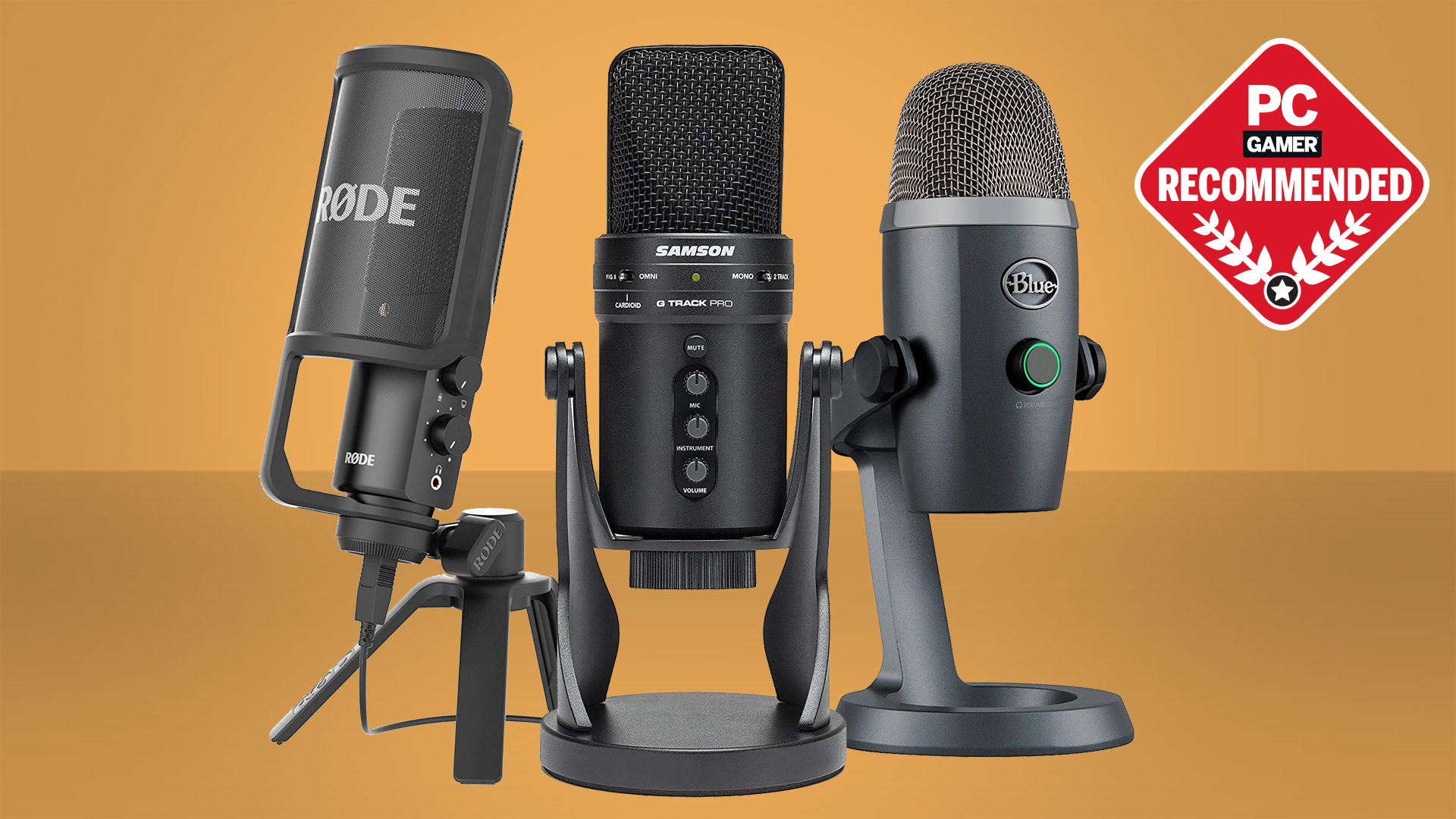
Best microphone for gaming: make sure you're heard
Best webcams: be seen while you get your stream on
Best capture cards: lessen the load with a dedicated card
It's no question that any serious streamer needs a microphone. Though, if you're just starting, you might be experiencing some sticker shock at some of the prices for the best microphones for streaming, which can cost up to $300.
Even though some of these cheap microphones may be lacking features like volume and gain controls (and in some cases even a mute button), they make up for it by sounding just as good as their pricier counterparts. Though this does mean you'll have to rely on third-party broadcast software like OBS and xSplit if you want to fine-tune your sound. But the best cheap microphones are designed to deliver the same great sound recording as the more expensive mics and be as easy as possible to use out of the box.
We still follow the same criteria when adding the mics to this list; all we did was add a limit of $100. We still want the best sound quality, adaptability, and form factor. There are tons of budget mics in the $50-$100 range out there from brands you've never heard of, so it's easy to feel a little paralyzed by choice. Thankfully, we've picked out a handful that stands heads and shoulders above the rest.
Best cheap microphone for streaming and gaming

The HyperX SoloCast is a budget microphone that sounds just as, if not, better than microphones double the price. It's less flashy than HyperX's other mic offerings, and I won't lie; I miss the RGB lighting. The sound quality on this mic for $60 is just incredible. It more than makes up for losing out on some of the quality of life features.
While the JLab Audio Talk GO and Razer Seiren Mini all offering great sound, the HyperX SoloCast still reigns as the king of budget microphones, essentially giving us the audio chops of its pricier QuadCast S compatriot but for a fraction of the price.
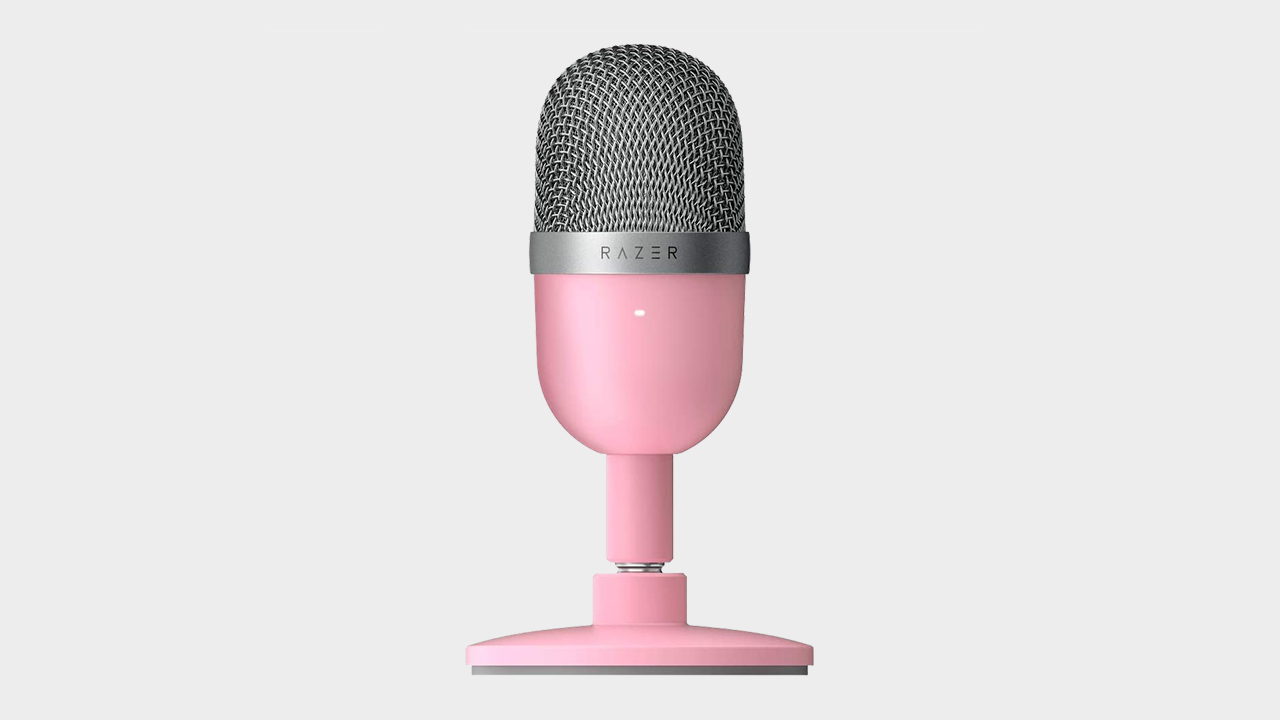
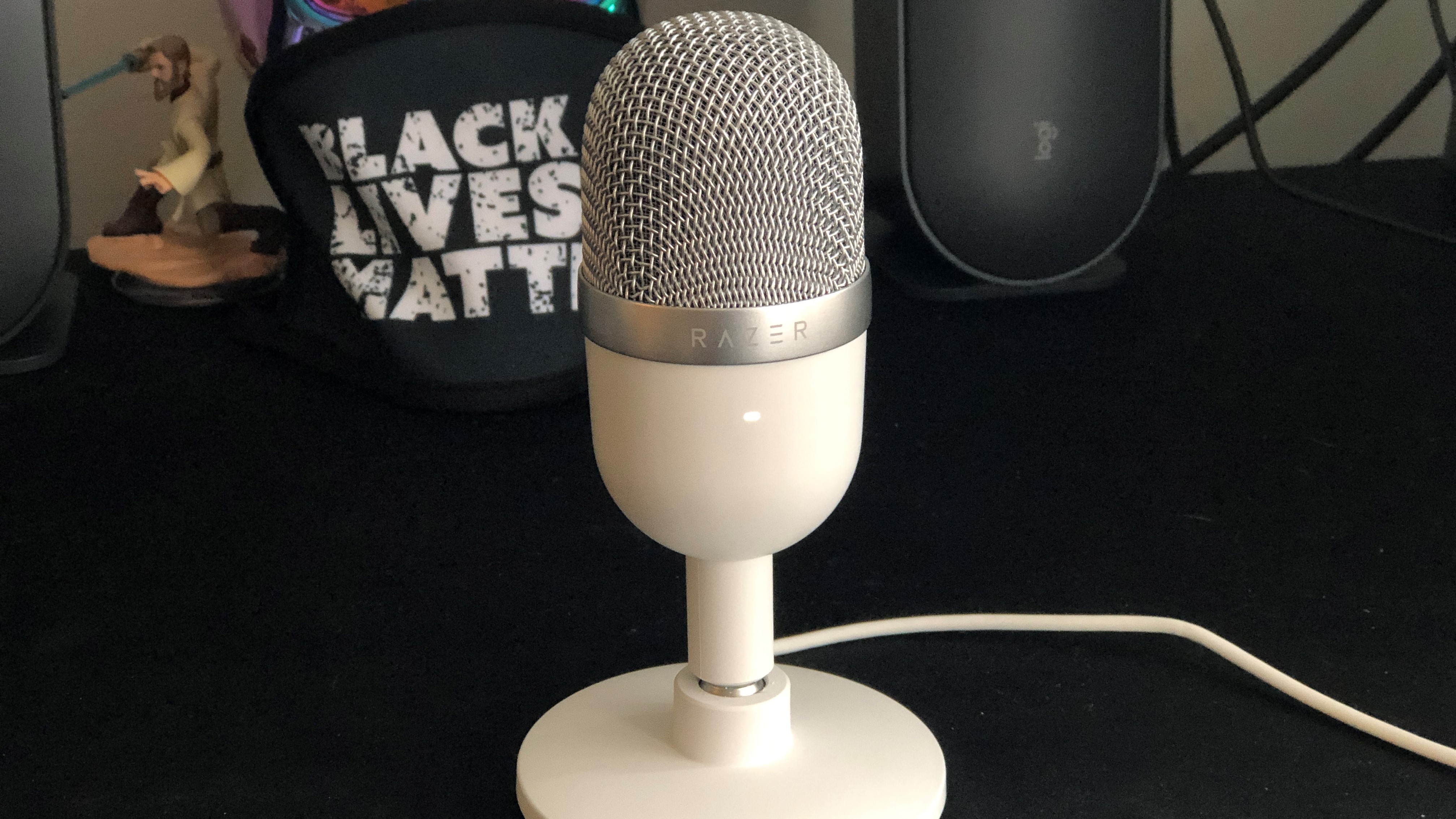
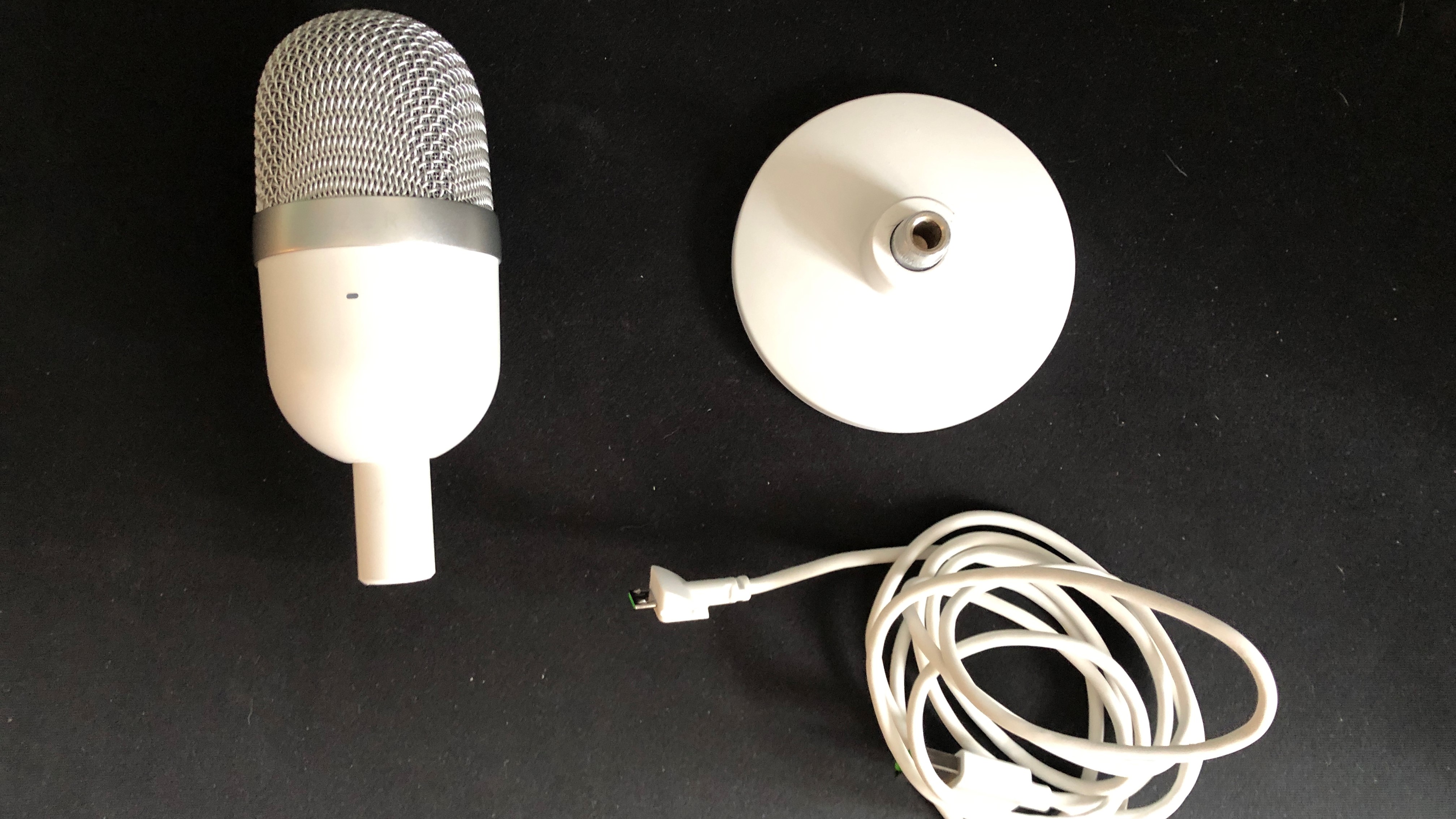
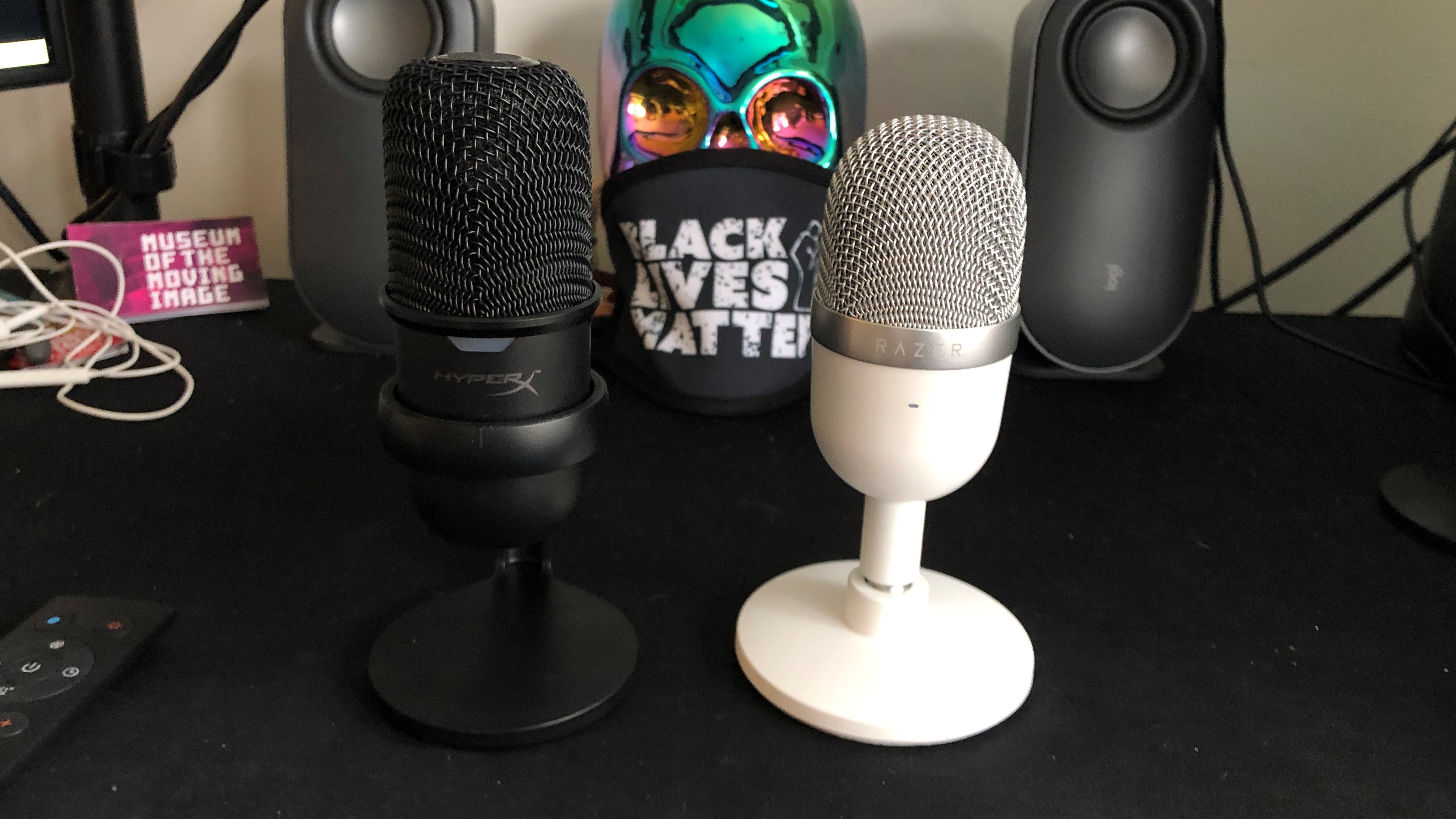
The Razer Seiren Mini is one of those obnoxiously adorable pieces of hardware I instantly want to put on my desk. Its stylish pill-shaped design and color variety give the Mini the personality lacking in some of our other choices on this list. And it sounds incredible, to boot.
Remember earlier we mentioned that some of these microphones had to sacrifice some features? Yeah, well, the Seiren Mini pretty much gives up everything. Some people won't care because you're getting a killer mic for $50. At the same time, some other people won't get over the fact that there's no mute button.
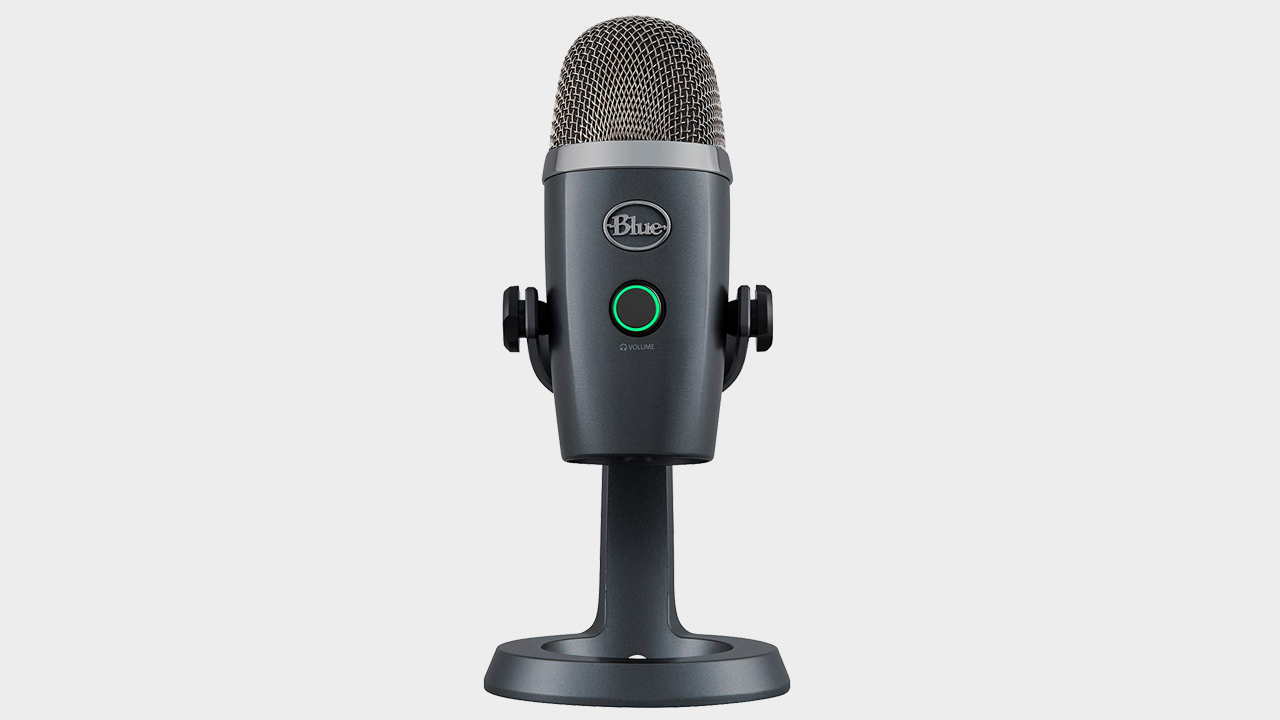


This miniature version of the classic Blue Yeti is the perfect microphone for those just starting with streaming. It has an excellent sound quality for a product under $100. Simultaneously, its tiny size and lightweight metal build make it easy to transport (this is at least 40 percent smaller than its larger cousin). The Yeti Nano sits as an outlier as the most 'expensive' budget mic on the list but offers more than the cheaper mics regarding features.
The difference its 24bit / 48khz recording sample rates make is noticeable, too; putting audio from the Nano and original Yeti side by side reveals that the former is superior by quite a margin. It’s only got two polar patterns (cardioid and omnidirectional), but the Yeti Nano more than makes up for it with everything else.
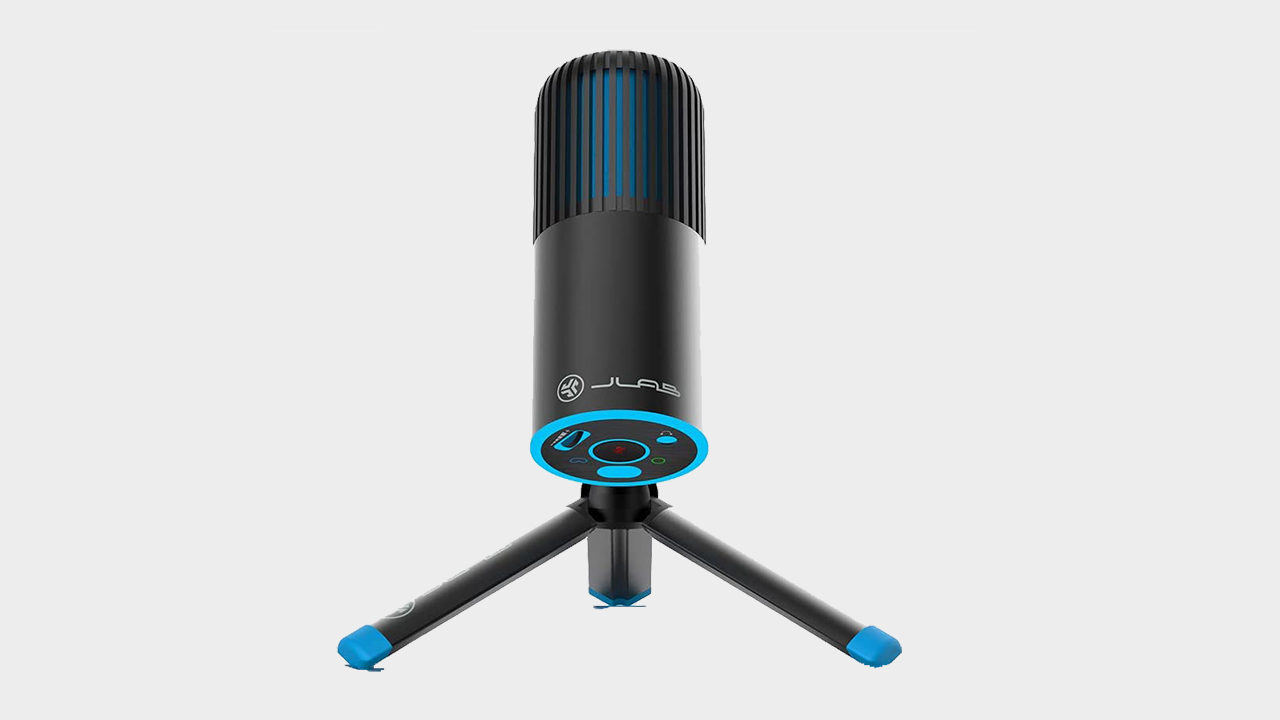

The JLab Audio Talk GO does a great job providing a decent-sounding microphone for podcasters and streamers on a budget. The Talk GO's small stature and companion stand are perfect for anyone looking for a microphone that travels well and doesn't take up much space on your desk. Even though the GO only has a pair of Condensers, the sound of my voice still came out better than expected, although a bit tinnier than I would like. You may not be recording the next hit single on this microphone, but it is great if you're dipping your toes into the whole streaming or podcasting scene.
I've tested a few different mics from JLab Audio. Given its history in the affordable audio space, it's no surprise the Talk GO was the USB microphone that impressed me more than its more expensive offerings, the Talk and Talk Pro. The Talk GO is a great affordable microphone without sounding or feeling cheap.
Best gaming headset | Best gaming monitor | Best HDMI cable for gaming
Best computer speakers | Best SSD for gaming | Best CPU for gaming
How we test microphones
These are the most common polar patterns:
Cardioid: Records in front of the microphone. Perfect for voice-over, vocals, and streaming.
Bidirectional: Captures audio in front of and behind the mic. Ideal for one-on-one interviews.
Omnidirectional: Picks up sound from every direction. Perfect for round-table interviews.
Stereo: Perfect for ASMR recordings. YouTube 'ASMR' if you want the best example because I couldn't do it just justice.
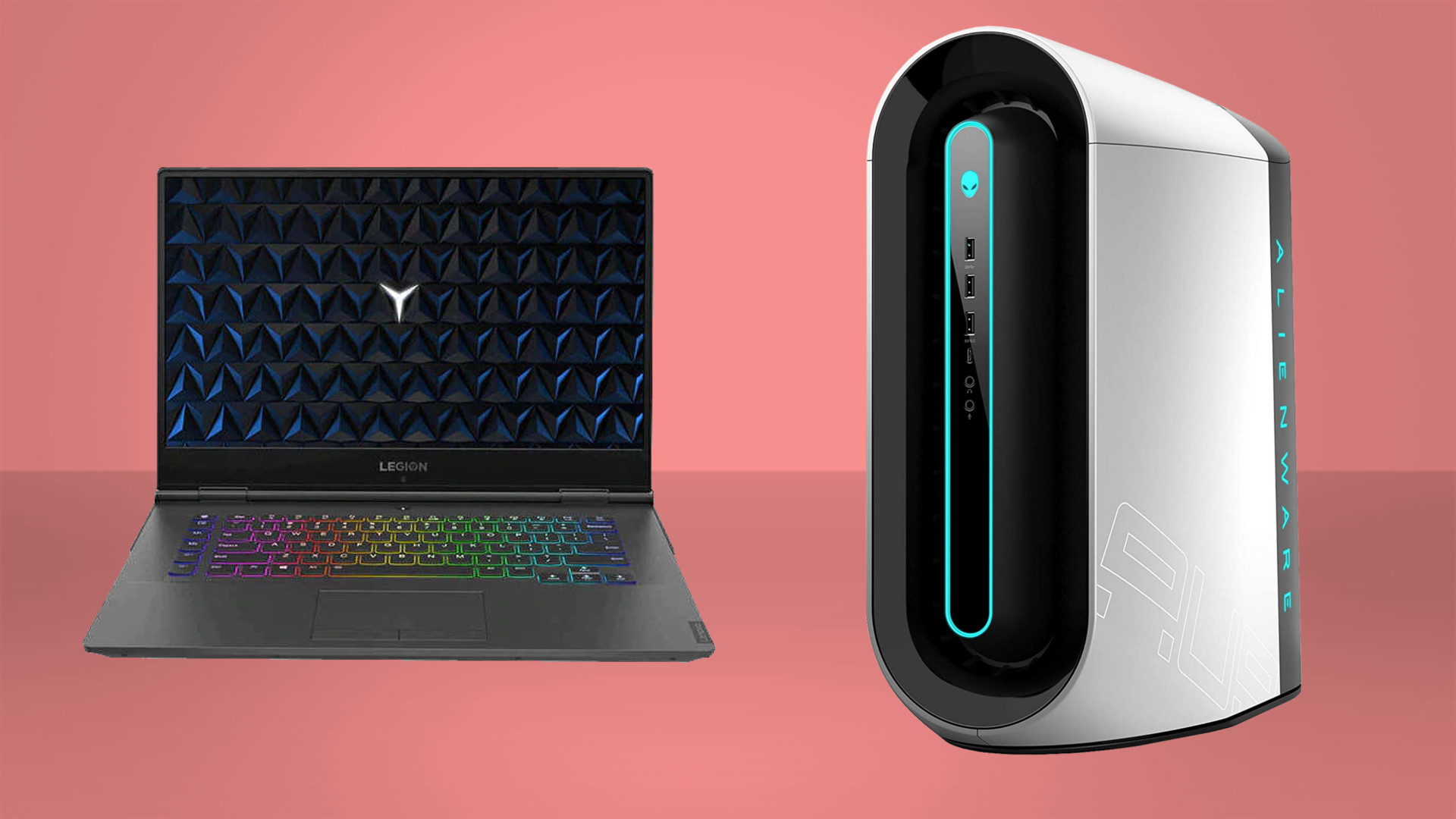
Best gaming PC: the top pre-built machines from the pros
Best gaming laptop: perfect notebooks for mobile gaming
Recording quality
I say that audio quality isn’t everything, but it’s still the most important factor when testing a microphone. The point is, after all, to find a mic that makes you sound good. We tested multiple microphones with different mic settings. We usually just with the Cardioid polar pattern since that's how these mics are used most of the time, gaming and live streaming.
Adaptability
Everyone’s desk and setup requirements are different, so a mic must perform well under a handful of different scenarios. If a microphone sounds better than all the rest combined but only when it’s on a suspended mic stand with a shock mount positioned precisely six inches away from your mouth, it’s not necessarily a reliable option to recommend. You need a mic that sounds great under any circumstance and can adapt to; however, you need to use it so you can play your games comfortably and still sound great.
Form factor
This isn't a fashion show, but the form factor is still something that matters. In the case of a standing mic, you'll be staring at it every time you're sitting at your desk—and attachable mics need to make sure they aren't too distracting either. A mic's form factor can also play a role in how adaptable it is, as you'll need to make space for it. We used every mic in multiple settings with different PCs, keyboards, and monitors, getting a feel for how they looked and performed in each environment. As a streamer, your mic will also be in view for your audience, so its appearance is relevant.
Price
And as PC gamers, we will, of course, always try to get the best we can for less. It’s easy to get lost in the deep dark woods that is the world of audio and even easier to spend a ludicrous amount of time and money chasing the best possible setup.
We are considering anything under $100 a budget microphone. Think about your use case; if you're only using a microphone to chat with your teammates, chances are, you don't need a microphone with half a dozen polar patterns. Don't spend money on features you don't need or use.
from PCGamer latest https://ift.tt/3pUrQPn
Cheap microphones have been one of the biggest streaming hardware trends of the last 12 months. But we're not talking about bargain bin mics here, the biggest names in PC peripherals have got in on the act with cheap microphones that take a pass on fancy extras and simply focus on great sound and ease of use. The best cheap microphones give the budding content creator everything they need to get started for well under $100.

Best microphone for gaming: make sure you're heard
Best webcams: be seen while you get your stream on
Best capture cards: lessen the load with a dedicated card
It's no question that any serious streamer needs a microphone. Though, if you're just starting, you might be experiencing some sticker shock at some of the prices for the best microphones for streaming, which can cost up to $300.
Even though some of these cheap microphones may be lacking features like volume and gain controls (and in some cases even a mute button), they make up for it by sounding just as good as their pricier counterparts. Though this does mean you'll have to rely on third-party broadcast software like OBS and xSplit if you want to fine-tune your sound. But the best cheap microphones are designed to deliver the same great sound recording as the more expensive mics and be as easy as possible to use out of the box.
We still follow the same criteria when adding the mics to this list; all we did was add a limit of $100. We still want the best sound quality, adaptability, and form factor. There are tons of budget mics in the $50-$100 range out there from brands you've never heard of, so it's easy to feel a little paralyzed by choice. Thankfully, we've picked out a handful that stands heads and shoulders above the rest.
Best cheap microphone for streaming and gaming

The HyperX SoloCast is a budget microphone that sounds just as, if not, better than microphones double the price. It's less flashy than HyperX's other mic offerings, and I won't lie; I miss the RGB lighting. The sound quality on this mic for $60 is just incredible. It more than makes up for losing out on some of the quality of life features.
While the JLab Audio Talk GO and Razer Seiren Mini all offering great sound, the HyperX SoloCast still reigns as the king of budget microphones, essentially giving us the audio chops of its pricier QuadCast S compatriot but for a fraction of the price.




The Razer Seiren Mini is one of those obnoxiously adorable pieces of hardware I instantly want to put on my desk. Its stylish pill-shaped design and color variety give the Mini the personality lacking in some of our other choices on this list. And it sounds incredible, to boot.
Remember earlier we mentioned that some of these microphones had to sacrifice some features? Yeah, well, the Seiren Mini pretty much gives up everything. Some people won't care because you're getting a killer mic for $50. At the same time, some other people won't get over the fact that there's no mute button.



This miniature version of the classic Blue Yeti is the perfect microphone for those just starting with streaming. It has an excellent sound quality for a product under $100. Simultaneously, its tiny size and lightweight metal build make it easy to transport (this is at least 40 percent smaller than its larger cousin). The Yeti Nano sits as an outlier as the most 'expensive' budget mic on the list but offers more than the cheaper mics regarding features.
The difference its 24bit / 48khz recording sample rates make is noticeable, too; putting audio from the Nano and original Yeti side by side reveals that the former is superior by quite a margin. It’s only got two polar patterns (cardioid and omnidirectional), but the Yeti Nano more than makes up for it with everything else.


The JLab Audio Talk GO does a great job providing a decent-sounding microphone for podcasters and streamers on a budget. The Talk GO's small stature and companion stand are perfect for anyone looking for a microphone that travels well and doesn't take up much space on your desk. Even though the GO only has a pair of Condensers, the sound of my voice still came out better than expected, although a bit tinnier than I would like. You may not be recording the next hit single on this microphone, but it is great if you're dipping your toes into the whole streaming or podcasting scene.
I've tested a few different mics from JLab Audio. Given its history in the affordable audio space, it's no surprise the Talk GO was the USB microphone that impressed me more than its more expensive offerings, the Talk and Talk Pro. The Talk GO is a great affordable microphone without sounding or feeling cheap.
Best gaming headset | Best gaming monitor | Best HDMI cable for gaming
Best computer speakers | Best SSD for gaming | Best CPU for gaming
How we test microphones
These are the most common polar patterns:
Cardioid: Records in front of the microphone. Perfect for voice-over, vocals, and streaming.
Bidirectional: Captures audio in front of and behind the mic. Ideal for one-on-one interviews.
Omnidirectional: Picks up sound from every direction. Perfect for round-table interviews.
Stereo: Perfect for ASMR recordings. YouTube 'ASMR' if you want the best example because I couldn't do it just justice.

Best gaming PC: the top pre-built machines from the pros
Best gaming laptop: perfect notebooks for mobile gaming
Recording quality
I say that audio quality isn’t everything, but it’s still the most important factor when testing a microphone. The point is, after all, to find a mic that makes you sound good. We tested multiple microphones with different mic settings. We usually just with the Cardioid polar pattern since that's how these mics are used most of the time, gaming and live streaming.
Adaptability
Everyone’s desk and setup requirements are different, so a mic must perform well under a handful of different scenarios. If a microphone sounds better than all the rest combined but only when it’s on a suspended mic stand with a shock mount positioned precisely six inches away from your mouth, it’s not necessarily a reliable option to recommend. You need a mic that sounds great under any circumstance and can adapt to; however, you need to use it so you can play your games comfortably and still sound great.
Form factor
This isn't a fashion show, but the form factor is still something that matters. In the case of a standing mic, you'll be staring at it every time you're sitting at your desk—and attachable mics need to make sure they aren't too distracting either. A mic's form factor can also play a role in how adaptable it is, as you'll need to make space for it. We used every mic in multiple settings with different PCs, keyboards, and monitors, getting a feel for how they looked and performed in each environment. As a streamer, your mic will also be in view for your audience, so its appearance is relevant.
Price
And as PC gamers, we will, of course, always try to get the best we can for less. It’s easy to get lost in the deep dark woods that is the world of audio and even easier to spend a ludicrous amount of time and money chasing the best possible setup.
We are considering anything under $100 a budget microphone. Think about your use case; if you're only using a microphone to chat with your teammates, chances are, you don't need a microphone with half a dozen polar patterns. Don't spend money on features you don't need or use.
via IFTTT

Post a Comment